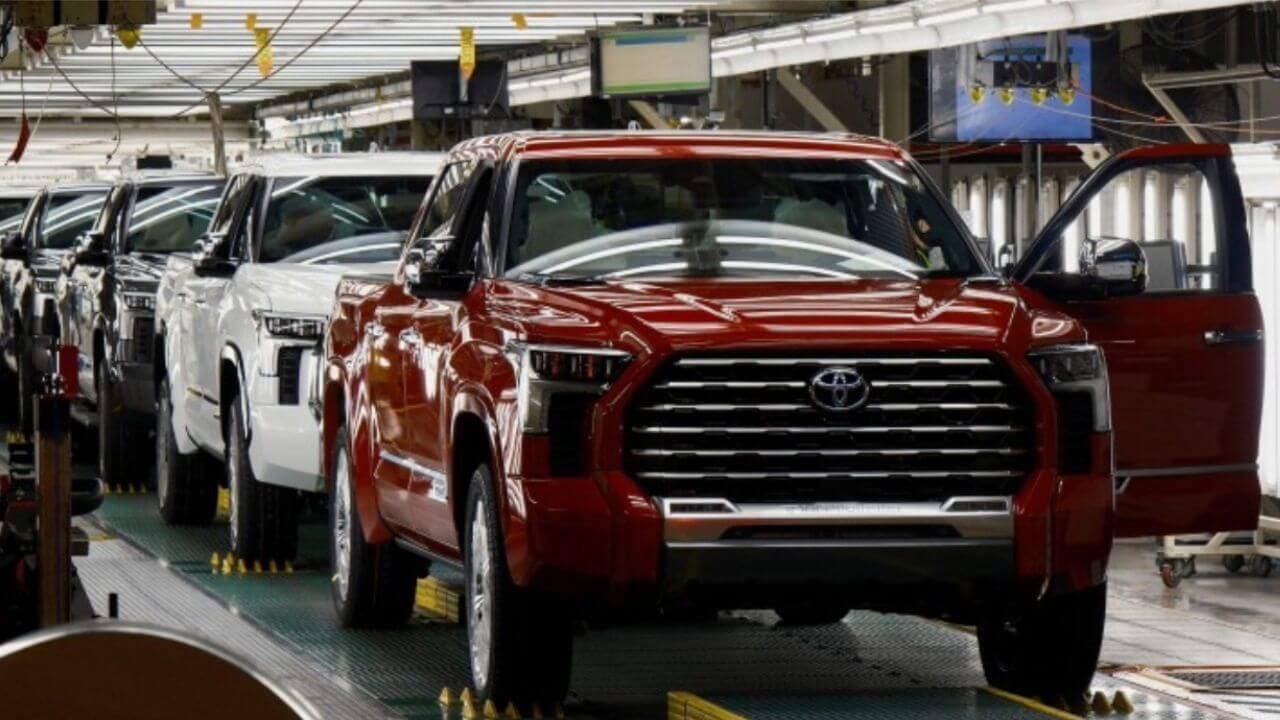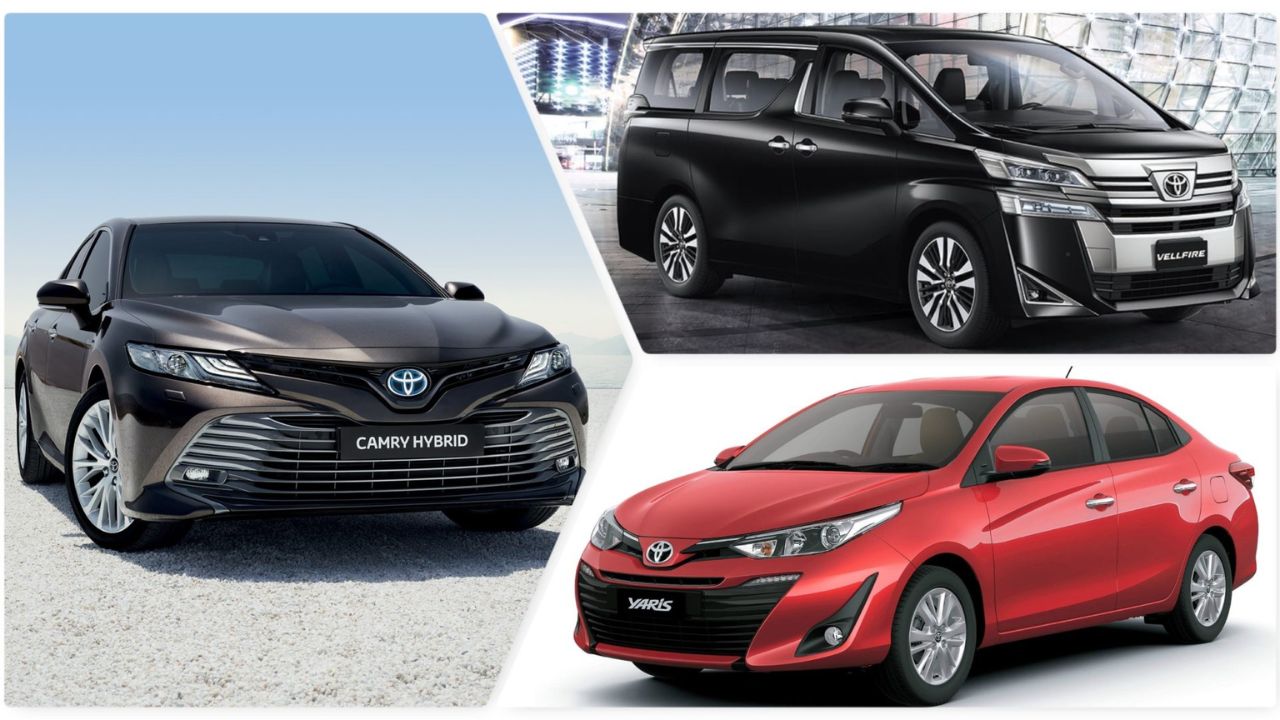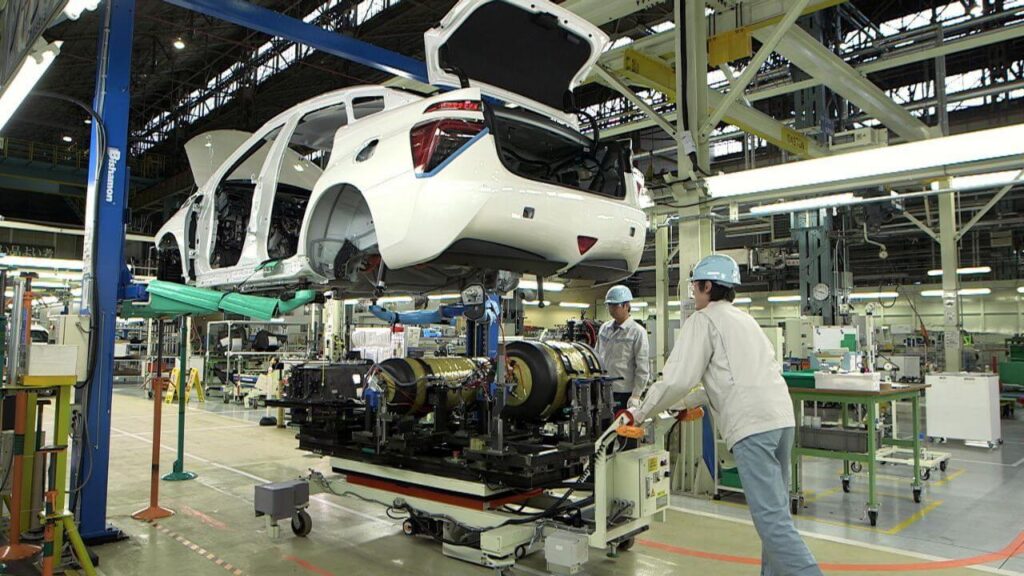Discover where Toyota is made and explore the extensive global network of Toyota’s manufacturing plants. Learn about Toyota’s production hubs in Japan, North America, Asia, and Europe, and understand how the Toyota Production System ensures top quality and efficiency worldwide.
Toyota is a name that has become synonymous with quality, reliability and innovation in the automotive world. But one question that usually comes across the minds of curious car buyers and industry insiders alike: where is Toyota made? This question opens a window on the complex web of manufacturing plants, regional strategies, and technological processes that undergird Toyota’s global success. From the origins of Toyota in Japan to its extensive production facilities spread across continents, Toyota’s manufacturing footprint is a fascinating story of global integration and local adaptation. This article examines in depth where Toyota manufactures, the strategic rationale for the way it distributes its manufacturing efforts, and how this global reach contributes to Toyota’s leadership in the auto industry.
The Birthplace of Toyota: Industry in Japan
 Toyota Motor Corporation’s center of gravity is Japan and of course Japan is the center of gravity in Toyota’s manufacturing operations. The company’s headquarters are based in Toyota City in Aichi Prefecture, which is also the site of a concentration of Toyota’s major production plants. Notable is the fact that Toyota has more than sixteen factories in Japan alone, many of them in the area of Toyota City and its environs.
Toyota Motor Corporation’s center of gravity is Japan and of course Japan is the center of gravity in Toyota’s manufacturing operations. The company’s headquarters are based in Toyota City in Aichi Prefecture, which is also the site of a concentration of Toyota’s major production plants. Notable is the fact that Toyota has more than sixteen factories in Japan alone, many of them in the area of Toyota City and its environs.
These plants manufacture a wide variety of vehicles and vehicle parts that include the Toyota Camry, Prius, Lexus models and high-performance models such as the GR Corolla and GR Yaris. One of the oldest and most important, the Motomachi Plant, assembles luxury and advanced tech models such as the Lexus LC and the Toyota Mirai fuel cell vehicle. Meanwhile, that same region deals with engines, transmissions, hybrid systems and special vehicle components.
The importance of Toyota’s manufacturing presence in Japan is not merely a matter of history but of operations. The country serves as a centre of cutting-edge research, development and high precision manufacturing, with a rigid adherence to the Toyota Production System (TPS), which focuses on waste elimination and efficiency optimization, a philosophy of production which has received worldwide recognition for its effectiveness and quality assurance.
Toyota’s Expansion of Manufacturing in North America
Understanding where is Toyota made cannot be ignored because of its vast and strategically important manufacturing operations in North America. Toyota made its first foray into manufacturing in the United States in the 1980s by setting up its first plant in the U.S. in Georgetown, Kentucky, the Toyota Motor Manufacturing Kentucky plant, which today is one of the company’s largest facilities worldwide.
The U.S. is now home to several Toyota plants, located in several states, such as Kentucky, Indiana, Texas, Alabama and Mississippi. These facilities turn out such popular models as the Toyota Camry, RAV4, Tundra pickup trucks and several Lexus models. In addition, Canada and Mexico are part of the Toyota North America production ecosystem, producing vehicles that are adapted to market demand and needs for proximity.
This expansion into North America reflects Toyota’s commitment to being close to consumers, to reducing the impact of tariffs, to reducing shipping costs and to adapting to the tastes of local markets. Moreover, the presence of local assembly plants promotes employment and economic growth in these areas which enhances Toyota’s image as a socially responsible corporate citizen.
Toyota’s Asian Manufacturing Network Outside of Japan
While it is Japan that forms the nucleus of Toyota’s manufacturing, the company’s footprint extends robustly throughout Asia. Countries such as Thailand, Indonesia, Vietnam, Philippines and India have large Toyota production plants in them. Each plant supplies both the domestic market and the export market, sometimes producing differently designed models for different regions.
In Thailand, for instance, there are several plants manufacturing such models as the Toyota Hilux, Fortuner, Yaris and Camry. Indonesia’s factories make cars such as the Avanza and Veloz, which are popular in Southeast Asia. These plants tend to be assembly plants for hybrid models, too, reflecting the push by Toyota to go toward eco-friendly cars.
This network allows Toyota to maintain competitive pricing because of the lower labor costs in certain countries, but also benefits from trade agreements in the region. The company’s approach combines global standards of manufacturing quality and local manufacturing flexibility and contributed to the widespread availability of Toyota vehicles around the world.
Toyota’s Manufacturing Presence in Europe and More
Toyota’s manufacturing reach extends to Europe, where a number of countries such as United Kingdom, France, Czech Republic, Poland, and Turkey have Toyota plants. For example, the UK’s Burnaston plant produces the Corolla hatchback, while France’s plant, Onnaing, assembles the Yaris.
European operations are often centered around models suited to European tastes, fuel and emissions standards. These plants are part of Toyota’s plan to localize production to meet stringent standards for the European automotive markets, while also shortening supply chains – which cuts environmental impact.
In addition, Toyota also has manufacturing plants on other continents such as Africa (with plants in South Africa and Kenya) and Oceania (in Australia). This geographical diversity reflects the commitment to global production networks in Toyota that can respond swiftly to the differing conditions in the markets and supply chains.
The Philosophical Backbone: The Toyota Production System

This philosophy reinforces all Toyota plants around the globe – ensuring that production quality is consistent, no matter where it is made. It also promotes adaptability and can allow plants to adjust to various model needs and changes in consumer demand.
Expert Insight of Toyota’s Manufacturing Strategy
Dr. Jeffrey K. Liker, author of The Toyota Way, observes that “Toyota’s global success comes not just from where they produce cars, but from how they produce them.” Their commitment to constant improvement and respect for human ingenuity turns each and every factory into a model of efficiency and quality.” This expert view emphasises that the question of where is Toyota made is inseparable from how Toyota configure and manage its manufacturing processes globally.
Results: Toyota’s Manufacturing Footprint as a Global Integration Model
An answer to the question where is Toyota made shows the diversified, global network that balances tradition and innovation. While Japan is still proud birthplace and technological hub for Toyota, the company’s sprawling manufacturing empire now spans North America, Asia, Europe, Africa and Oceania. This far-reaching network not only helps Toyota meet diverse market demands, but also fortifies Toyota’s resilience and sustainability in a dynamic global automotive landscape.
Toyota’s manufacturing locations work closely together through the Toyota Production System and ensure premium quality and operational excellence everywhere. For the consumer, an understanding of this worldwide presence enhances appreciation of Toyota vehicles, recognizing the complex systems and philosophies that go into their production from factory floors around the world.
Ultimately, Toyota’s manufacturing story is a testament to global collaboration, strategic foresight, and an unrelenting pursuit of automotive excellence that has made Toyota a leader and innovator for decades to come.

